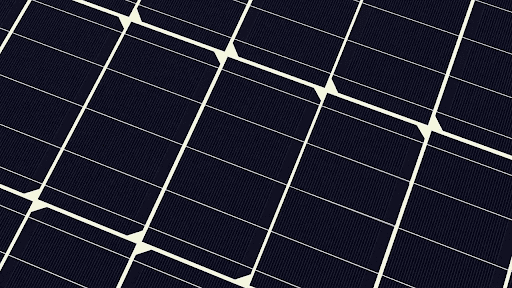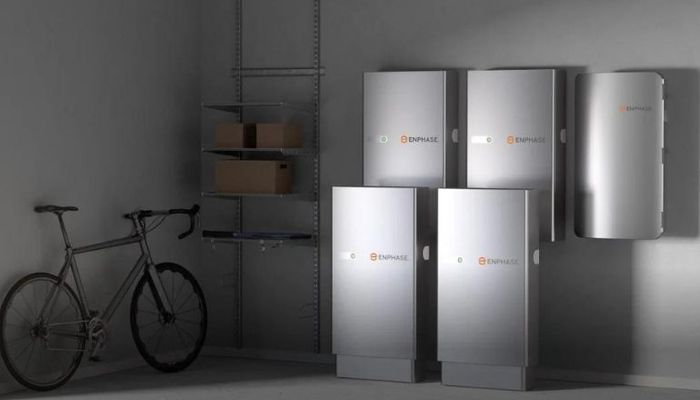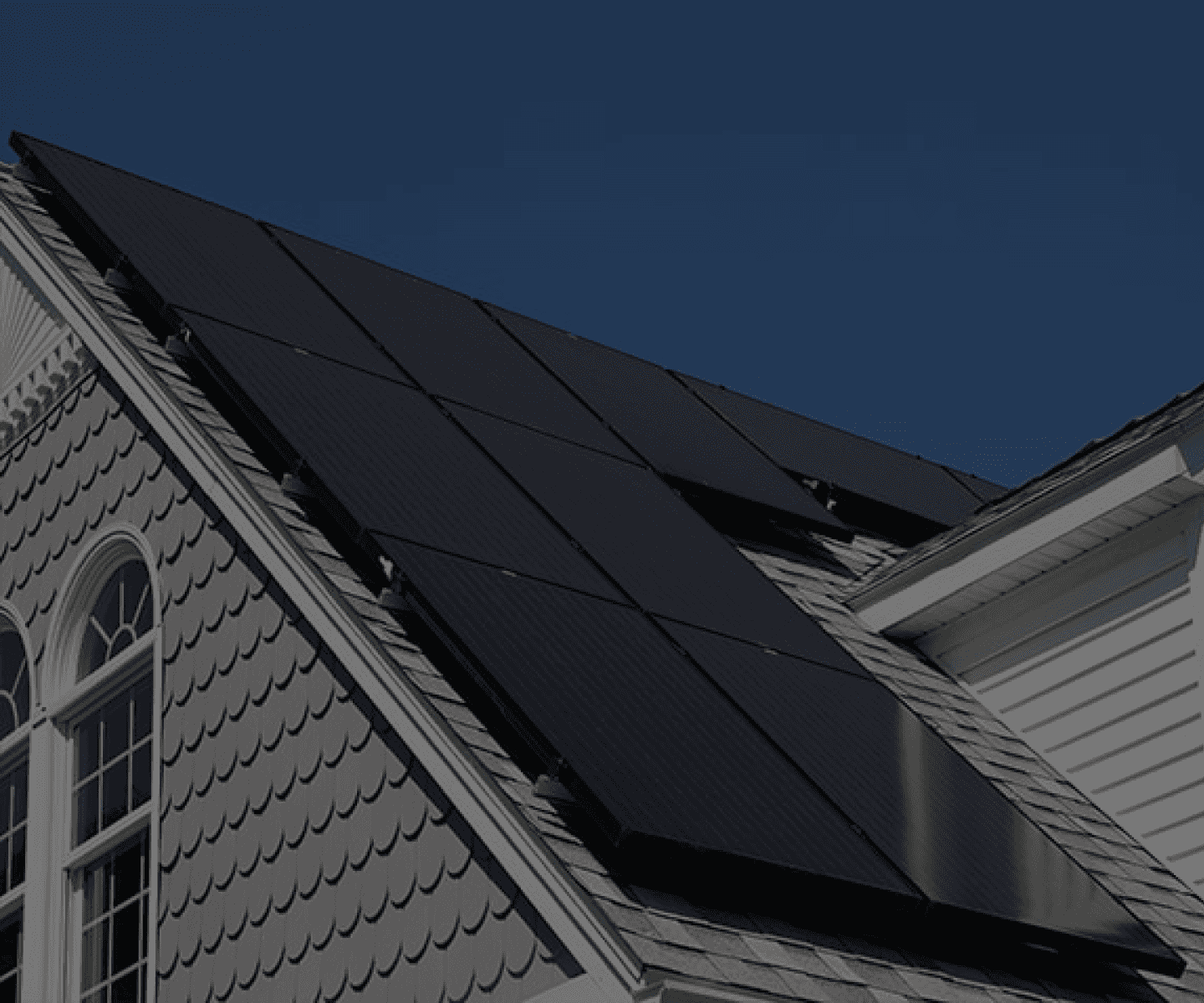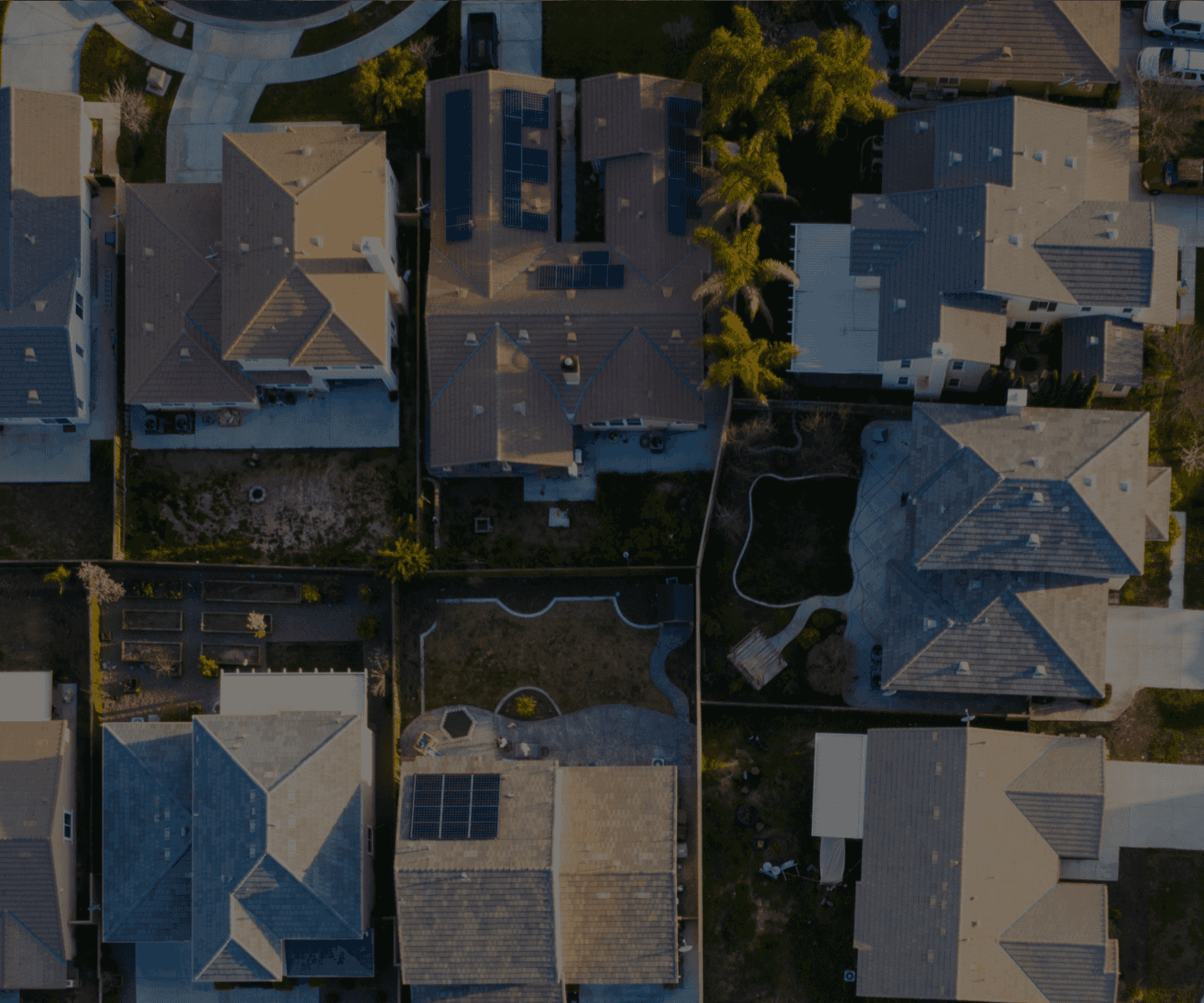What Is a Half-Cut Solar Panel?

Half-cut solar cells are a relatively new innovation for the solar industry. These solar panels have gained steady popularity in the last few years.
As the name suggests, a half-cut solar panel is made with half-cut solar cells, doubling the total number of cells. Standard solar panels will typically have 60 or 72 cells, while half-cut solar panels will have 120 or 144 cells.
These solar cells are literally cut in half using a unique laser cutting technique. This innovation helps generate higher power output from the same size solar panel.
How Do Half-Cut Solar Cells Work?
Half-cut solar cells and traditional, full-size solar cells generate electricity from the sun in the same way. But half-cut solar cells only produce half the amount of amps as a full cell.
Current, which is measured in amps, causes resistive losses. One of the most significant advantages of half-cut solar panels is that they have fewer internal resistive losses, resulting in a higher panel efficiency rating versus a standard solar panel.
Half-cut solar panels are also wired differently, so they have a higher shade tolerance.
A standard solar panel uses all-series wiring, meaning the solar cells are wired in parallel rows. Three bypass diodes divide a standard solar panel into thirds. So if a solar cell is shaded, you only lose one-third of the solar panel’s output.
On the other hand, a half-cut solar panel has double the number of rows — six. Therefore, when a half-cut solar panel is shaded, you only lose one-sixth of the power output instead of one-third.
Lastly, half-cut solar panels have fewer issues with hot spots. In traditional panels, shaded or faulty cells can cause overheating. However, half-cut solar cells carry half the amount of current, so the temperature of any hot spot will be lower, likely causing less damage and reducing electrical losses.
Pros and Cons of Half-Cut Solar Panels
Let’s break down the top benefits and disadvantages of half-cut solar panels.
Pro: High Efficiency Rating
The biggest advantage of half-cut solar panels is their higher efficiency rating. Higher efficiency means you’ll get more power output from the same size solar panel.
If you have limited roof space for your solar panel system, then a high-efficiency panel might benefit you. (If you have plenty of room on your roof or ground for your solar panels, there is no need to use high-efficiency panels.)
Pro: Works Well in Shade
Another advantage of a half-cut PV module is the reduced effects of shade. If some of your solar panels are partially shaded, you may want to consider using half-cut solar panels for the reasons mentioned earlier.
Con: More Expensive
The biggest downside of half-cut solar panels is that they are more expensive than standard solar panels because they are more challenging to make.
Solar cells are fragile to begin with, and half-cut cells require a high-tech laser cutter. Half-cut solar panels also require a more complex busbar configuration for wiring.
Where Can I Find Half-Cut Solar Panels?
Most solar distributors carry a selection of solar panels with half-cut cells. Many popular solar manufacturers like QCells, Phono, REC Solar and Trina Solar make a variety of half-cut solar panels.
What’s Next?
Half-cut solar cells were first introduced in 2014 by REC Solar, and other solar manufacturers quickly adopted the technology. But because of the complex manufacturing process, it is unlikely that these panels will take over the solar panel market.
Standard solar panels will remain popular as they are less expensive to make and work well in applications where high efficiency ratings are unnecessary.
Overall, half-cut solar cells are innovative and effective if you need more efficient panels or shade tolerance. To learn more about whether or not half-cut solar panels are right for you, contact the experts at GoGreenSolar. We are solar veterans and experts in the latest solar technology and can guide you through the process of going solar!






